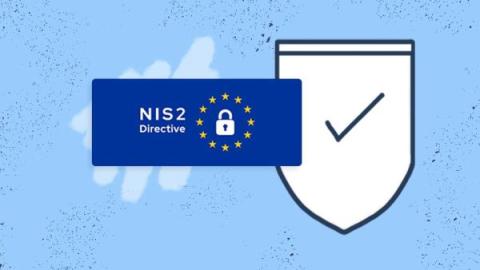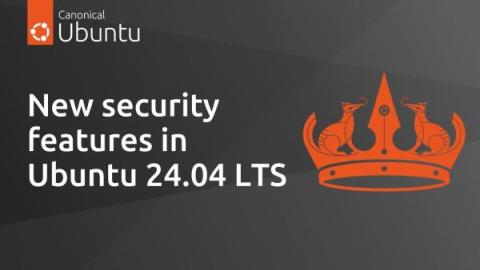Customizing Your Entity Management System for Maximum Efficiency
In today's fast-moving business environment, companies must have an effective Entity Management System (EMS) to streamline operations and ensure compliance with regulations. An EMS is a hub for managing data, governance documents, and critical legal entities. However, customizing the EMS to meet your organization's needs is vital to maximizing efficiency.











